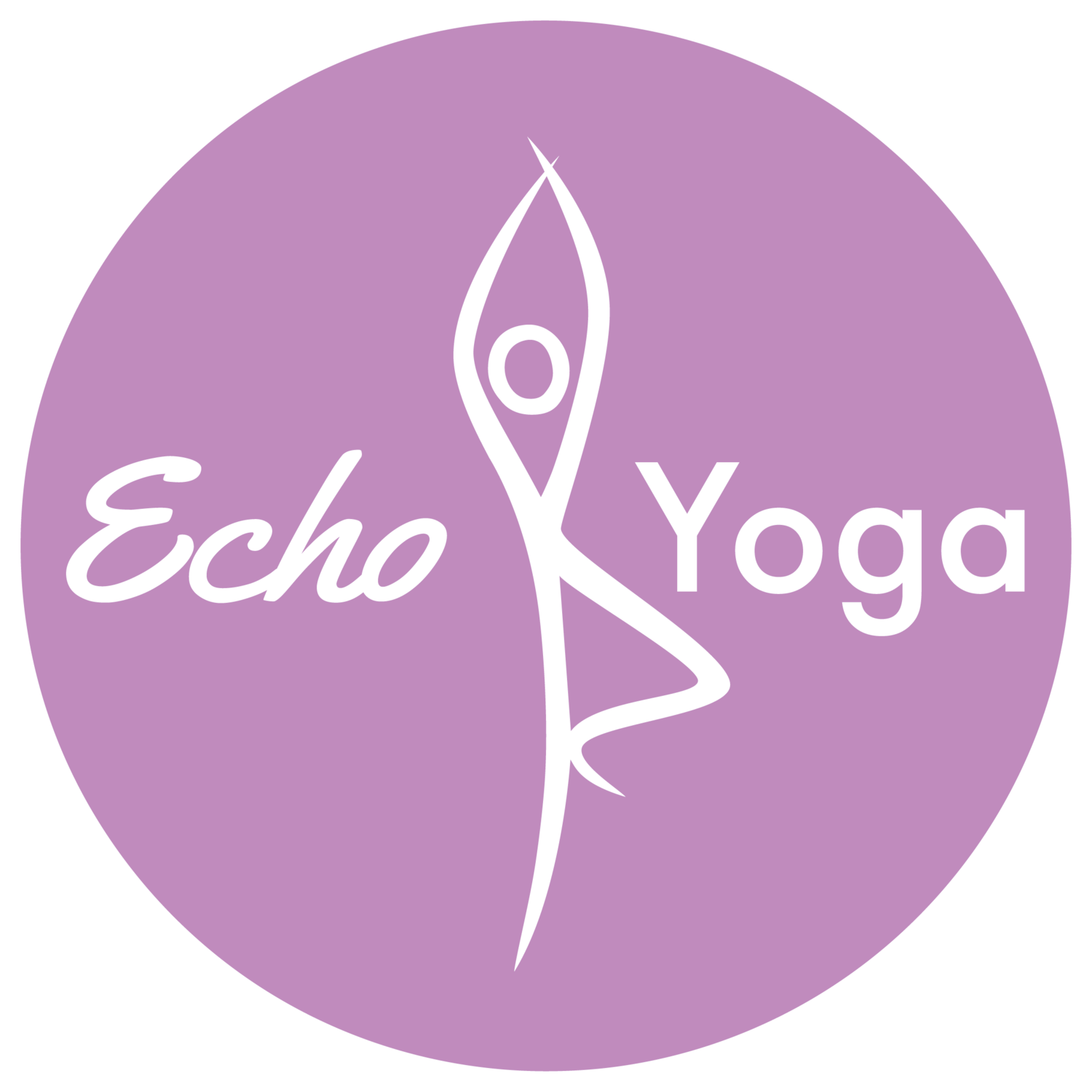Hyper-mobility: What am I supposed to feel?
One of my first encounters with a student with hyper-mobility was when they asked ' what am I supposed to feel?' during a deep hip opening yoga pose. They had not known they were hyper-mobile in the hip joints. After another student (a physiotherapist) agreed with the hyper-mobility it made me think about what can be done to support those who attend our classes and find out they are hyper-mobile.
Hyper-mobility, otherwise known as double jointed or loose joints, is estimated to affect 1 in 5 people in the UK. Some people are fully aware they are 'double jointed' and often use this as their ' party trick'. However some people may not and to be told in a yoga class they are hyper-mobile can be a shock. To reassure them a simple explanation should be given by the yoga teacher.
What is hyper-mobility
Hyper-mobility means that a person's joint has a large range of movements. The person is usually are supple and can achieve positions others find impossible. This can be due to
the structure of their collagen being altered making it weaker. Tissues such as tendons that contain collagen could stretch more easily. They have low muscle tone. Strong muscles help to provide joint stability. The shape of the ends of your bones in the joint have an impact on joint stability. If the ends of the bones are not the regular shape the joint may be unstable. Some people with hyper mobility don't have a sense of their joint movement until they are at the 'end' of their range of movement in that joint. The range or spectrum of hyper-mobility is assessed by your GP using the Beighton score.
What does it mean for me in my daily life?
Some people don't have any problems being hyper-mobile and for some gymnasts, ballet dancers or yoga practitioners it can be an advantage.
However some people may experience:
Pain and stiffness in joints and muscles
Clicking joints
Joints that dislocate easily
Extreme tiredness
Recurrent injuries e.g. sprains
How does it affect me doing yoga?
Firstly please tell your yoga teacher you are hyper-mobile and which joints are affected. There is no conclusive data for or against yoga if you are hyper-mobile and there are some yoga instagram influencers such as Adell Bridges (yoga teacher and ex-gymnast) who are openly honest about being hyper-mobile. Adell has an instagram page https://www.instagram.com/hypermobile.yogis/ where she shares her experience on being hyper-mobile and how to include more strength work into your yoga practice.
The benefits of yoga asana that strengthen muscles are beneficial to help with joint stability, meditation and yoga nidra are good for your emotional and psychological health and when practicing asana don't go to the end of your range of movement. Your practice here is to control your movement and use your breathe.
If you are worried about continuing yoga practice or experience pain or problems with dislocation of the joint, then please see your GP for further advise.
Just because you can doesn't mean you should go to the limit of the pose every time
Having hyper-mobile joints should not prevent you from continuing with yoga. However focusing on strengthening poses and keeping your ego in check when performing poses will help you enjoy yoga for many years.




